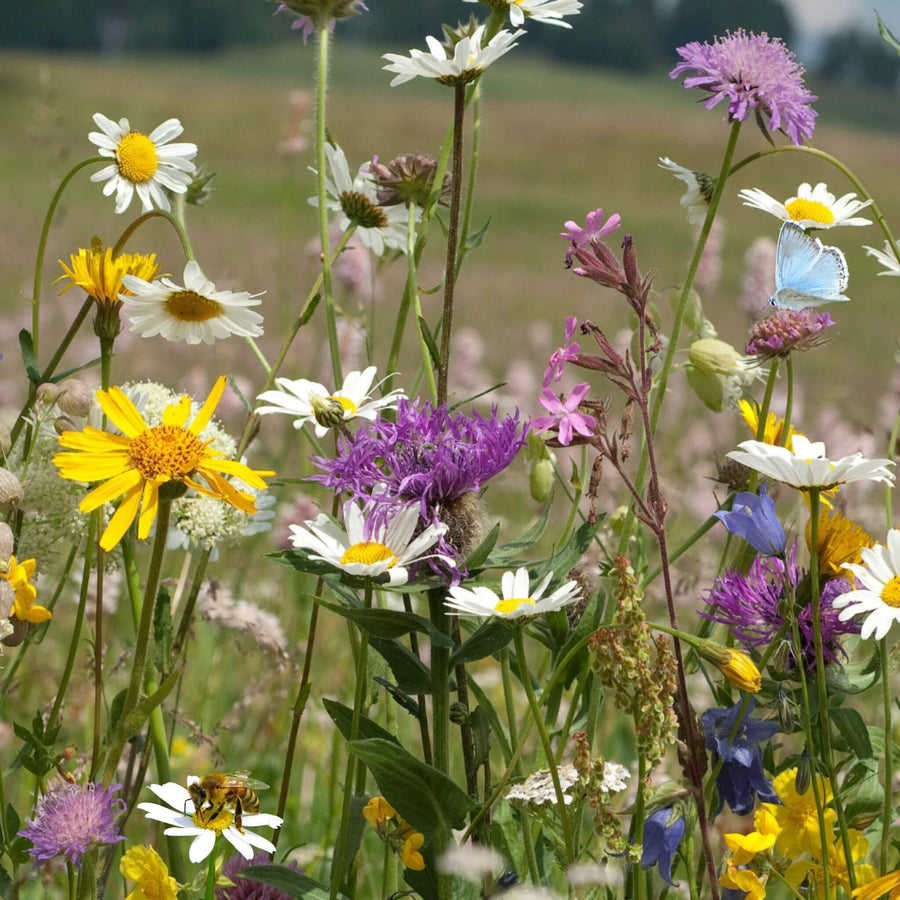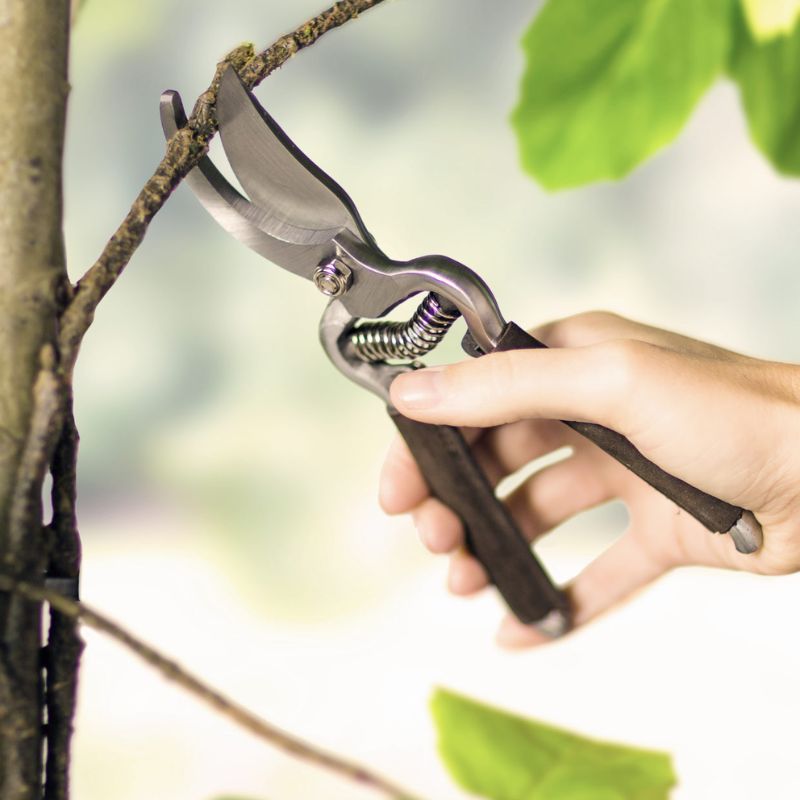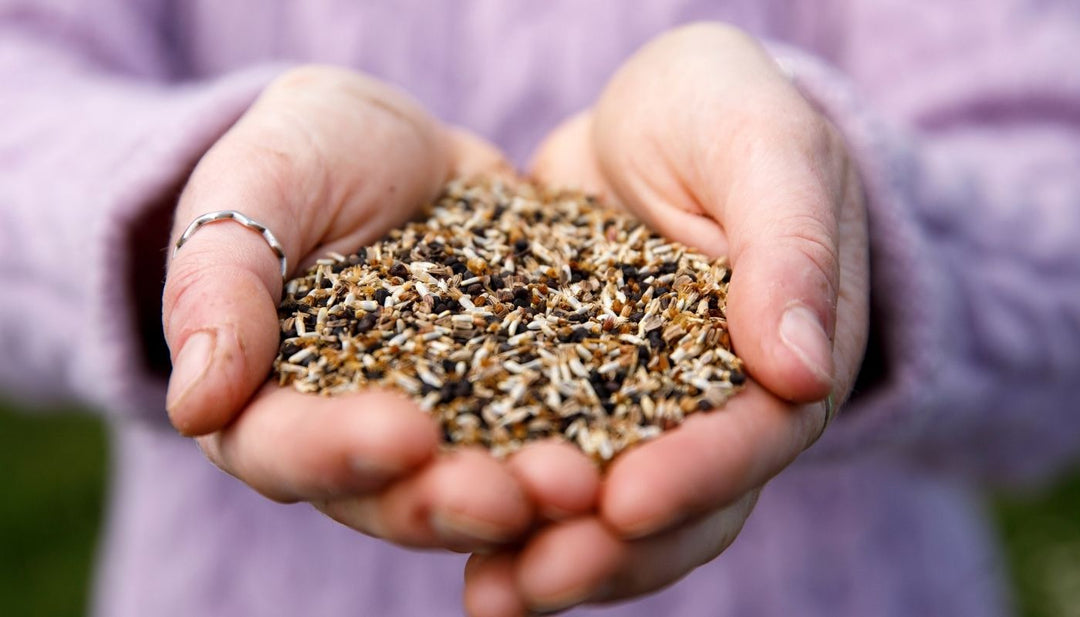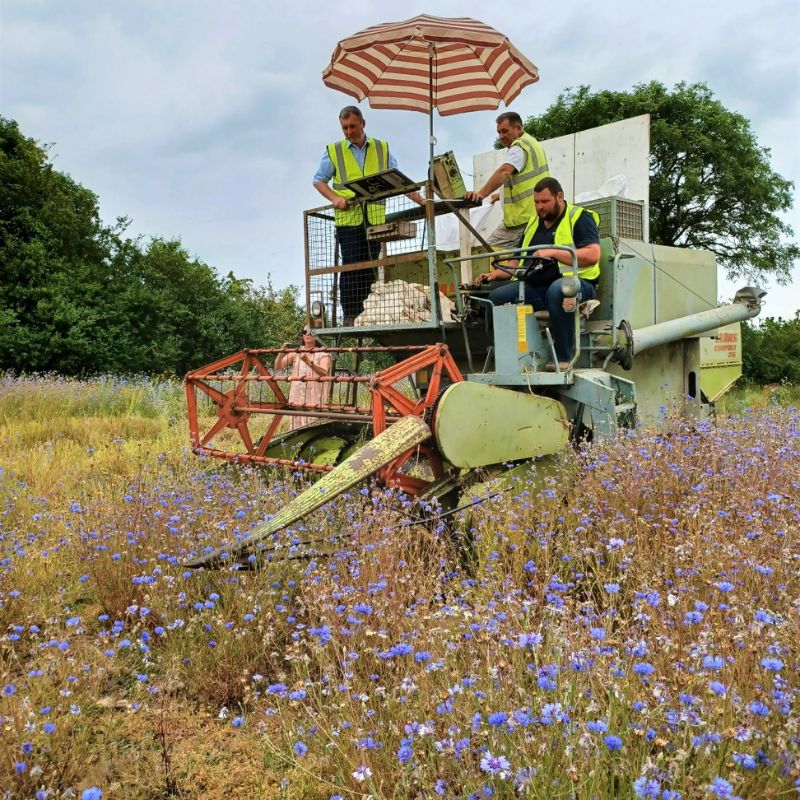Beneath the Blooms: Unveiling the Hidden World of Wildflower Meadows and Soil Health

When we think of a wildflower meadow, we often focus on their visual beauty and their benefits they provide above ground as a habitat and food source for pollinators and other wildlife animals.
Rarely do we think of what is happening below ground, nor how our wildflower meadow is performing incredible work keeping the soil healthy and rich.
| In Ireland, soil health is vital for agriculture, biodiversity, and climate resilience. It supports crops, preserves ecosystems, and mitigates climate change. Healthy soil ensures water quality and quantity, safeguarding resources for future generations. |
Wildflowers, like all plants, do not merely inhabit the soil surface, they are active participants in the structure of our soil, its stability and its fertility.
Beneath the surface, however, wildflower roots can delve deep, creating a matrix of interconnected roots as they search out moisture and nutrients to help them grow. This network of roots not only help the plant grow, but also provide a crucial role in the health and stability of our soil.
Deep rooted taproots of wildflowers such the Devils bit scabious, a perenial Irish wildflower species, help to hold steep slopes and banks in place, reducing soil movement and slippage. On the other hand, the dense shallow roots of other Irish native wildflower species such as the Oxeye daisy help to prevent surface erosion from rain and wind.
As the plants grow and die, their roots create spaces in the soil that increase soil porosity for water and air. This improves the texture of the soil and its water holding capacity, allowing plants to survive longer in periods of drought.
Wildflowers are also important in nutrient cycling. This is where nutrients are abrobed from the soil or the air and released back into the soil upon decomposition of the plant foliage.
For example, the taproot of the Wild Carrot can penetrate up to 1m in depth into the soil. This allows it to access nutrients that are not normally available to other, shallow rooted, plants. When it dies, these nutrients are then deposited on the soil and made available to other plants. It also means that wild carrot is a great plant to use for compost heaps!
Other Irish native wildflower species, like Birds Foot Trefoil, are nitrogen fixers. They can absorb nitrogen from the air and deposit it into the soil. This then provides access for other plants to this important nutrient for plant growth and helps to keep soil fertility balanced.
Overall, wildflower meadows play a crucial role in the health of the soil. They improve soil structure, aid in fertility, and help to keep soils stable and free from erosion.
The best time to sow wildflower seeds in ireland is spring (March - June) or Autumn (late August - October)













